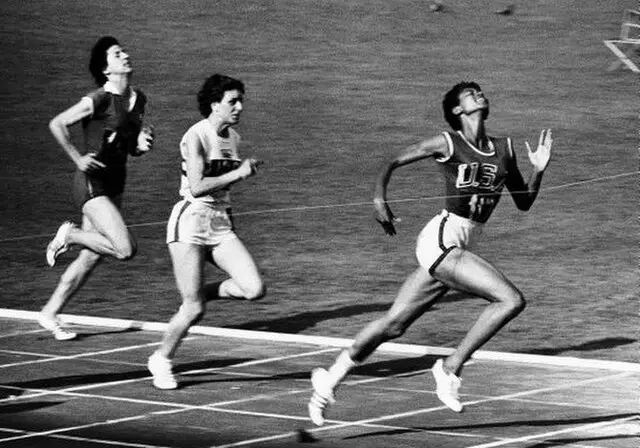Imagine being told as a child that you might never walk, and then becoming the fastest woman on Earth. That’s not a metaphor. That’s Wilma Rudolph. Born into poverty, hit with polio, scarlet fever, and pneumonia before she turned five, she spent much of her early life in a leg brace. Doctors told her family she might not ever stand unaided.
She didn’t just walk. She ran. And then she flew.
By the time she was 20, she had three Olympic gold medals and the world at her feet.
A Childhood No One Would Envy
Wilma was born in 1940 in Saint Bethlehem, Tennessee, as the 20th of 22 children. Her family was Black, poor, and living in the segregated South, which meant access to basic healthcare was a constant fight. When polio paralyzed her left leg at age five, it was a near-death sentence for any dreams of athleticism.
But Wilma’s mom, Blanche, didn’t accept that.
She drove her daughter to a hospital 50 miles away, week after week, for therapy that would eventually help Wilma walk again. At home, her siblings took turns massaging her leg. The brace came off when Wilma was 9. By 12, she was playing basketball.
By 14? She was sprinting.
Becoming a Bullet
Wilma wasn’t just fast. She was fast with something to prove. Her high school track coach noticed it immediately and got her a spot at a training camp run by Tennessee State University. There, she met Ed Temple, a coach who would change her life.
At 16, she qualified for the 1956 Olympics in Melbourne and came home with a bronze medal in the 4x100m relay. Not bad for a kid who had to be carried for most of her childhood.
But she wasn’t done.

Rome, 1960: Where She Became a Legend
The 1960 Summer Olympics in Rome made Wilma Rudolph a household name. She didn’t just win races. She obliterated expectations.
She won gold in the 100m. Then the 200m. Then anchored the 4x100m relay to another gold. All in world-record time.
She became the first American woman to win three gold medals in track and field at a single Olympics. The Italian media dubbed her “La Gazzella Nera” (The Black Gazelle). The French called her “La Perle Noire” (The Black Pearl).
America, still catching up, called her a hero.
More Than Medals
Wilma’s victories weren’t just personal. They were political. In 1960, the U.S. was still deep in the civil rights struggle. Wilma insisted her hometown of Clarksville hold her victory parade without segregation, the first integrated event in its history.
After retiring from track at just 22, she became a teacher, coach, and global ambassador for women in sports. She spoke out against discrimination and worked with youth programs across the U.S.
She never stopped running toward something better.
What She Left Behind
Wilma died of brain cancer in 1994 at just 54. Way too soon. But by then, she’d already reshaped what was possible.
She was inducted into the U.S. Olympic Hall of Fame. There’s a statue of her in Clarksville, a school named after her, and her story is still taught in schools and shouted in sports documentaries.
But more than that, she left behind a blueprint. For grit. For grace. For defiance.
Final Thoughts: Running Past the Odds
Wilma Rudolph was told she might never walk. She became a symbol of speed. But more than her gold medals or record times, it’s her journey that hits hardest.
Because who among us hasn’t been told we can’t?
Wilma’s story reminds us that limitations are sometimes just invitations to fight harder. That a broken body doesn’t mean a broken spirit. That sometimes, the most beautiful races are the ones no one expects us to run.
So yeah, she ran. Right into history.
Sources:
1. Olympics.com: Wilma Rudolph Biography
2. NPR: Remembering Wilma Rudolph
3. Tennessee Encyclopedia: Wilma Rudolph

